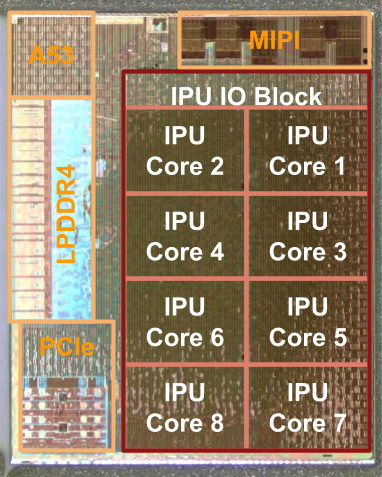With Pixel 2, we wanted to build the best smartphone camera in the world. One of the ways we did that is with HDR+ technology, which helps you capture better photos in challenging lighting conditions, like scenes with both bright and shaded areas or those with dim light. This technology has always been available when you take photos from Pixel’s main camera app. Now we’re bringing it to your favorite photography, social media, and camera apps.
Today we’re turning on Pixel Visual Core for Pixel 2 users—a custom designed co-processor for Pixel 2. Using computational photography and machine learning (which powers Pixel’s HDR+ technology), Pixel Visual Core improves image quality in apps that take photos. This means it’ll be easier to shoot and share amazing photos on Instagram, WhatsApp, and Snapchat, along with many other apps which use the Pixel 2 camera. All you need to do is take the photo and Pixel 2 will do the rest. Your photos will be bright, detailed, and clear.
Pixel Visual Core is built to do heavy-lifting image processing while using less power, which saves battery. That means we're able to use that additional computing power to improve the quality of your pictures by running the HDR+ algorithm. Like the main Pixel camera, Pixel Visual Core also runs RAISR, which means zoomed-in shots look sharper and more detailed than ever before. Plus, it has Zero Shutter Lag to capture the frame right when you press the shutter, so you can time shots perfectly. What’s also exciting is these new features are available to any app—developers can find information on Google Open Source.
These updates are rolling out over the next few days, along with other Pixel software improvements, so download the February monthly update when you see the notification.
These aren’t the only updates coming to Pixel this month. As we announced last year, our goal is to build new features for Pixel over time so your phone keeps getting better. Later this week, we’re adding new Augmented Reality (AR) Stickers themed around winter sports, so you can dress up videos and photos with freestyle skiers, twirling ice skaters, hockey players, and more. Like all AR stickers, these characters interact with both the camera and each other, creating a fun-filled way to enhance the moments you capture and share.
If you post photos or videos to your favorite apps, tag your pictures with #teampixel so we can see all the great moments you’ve captured.
